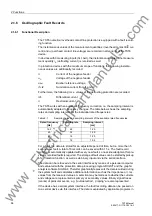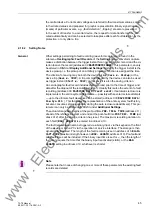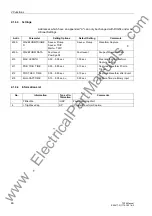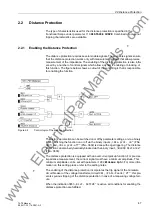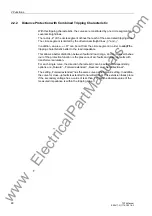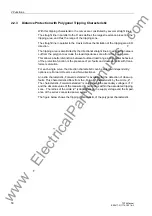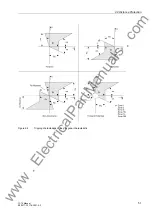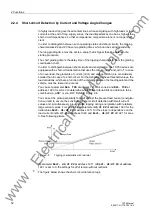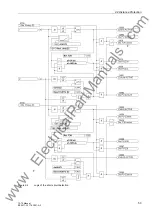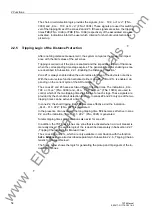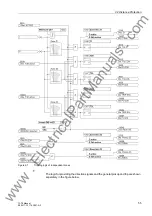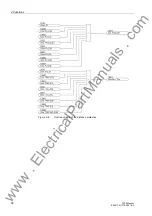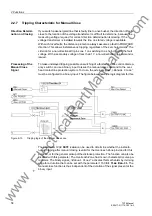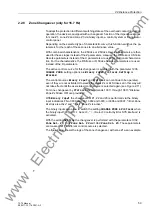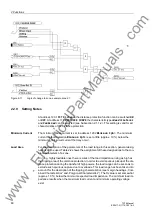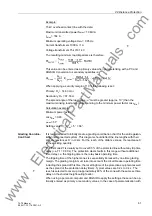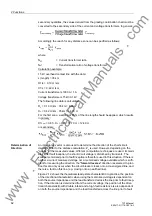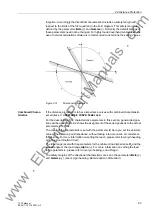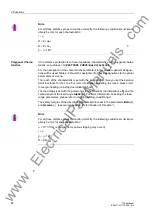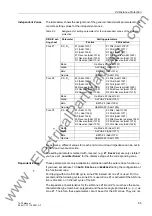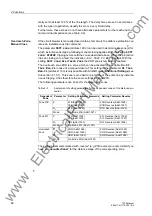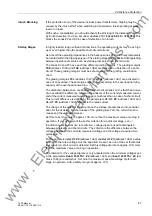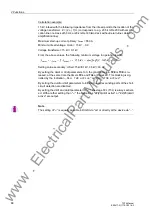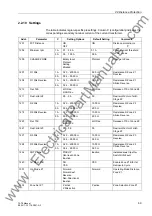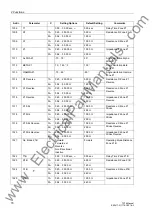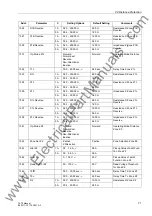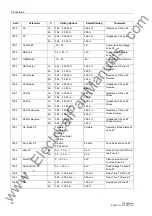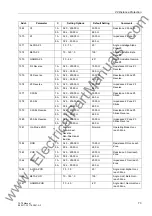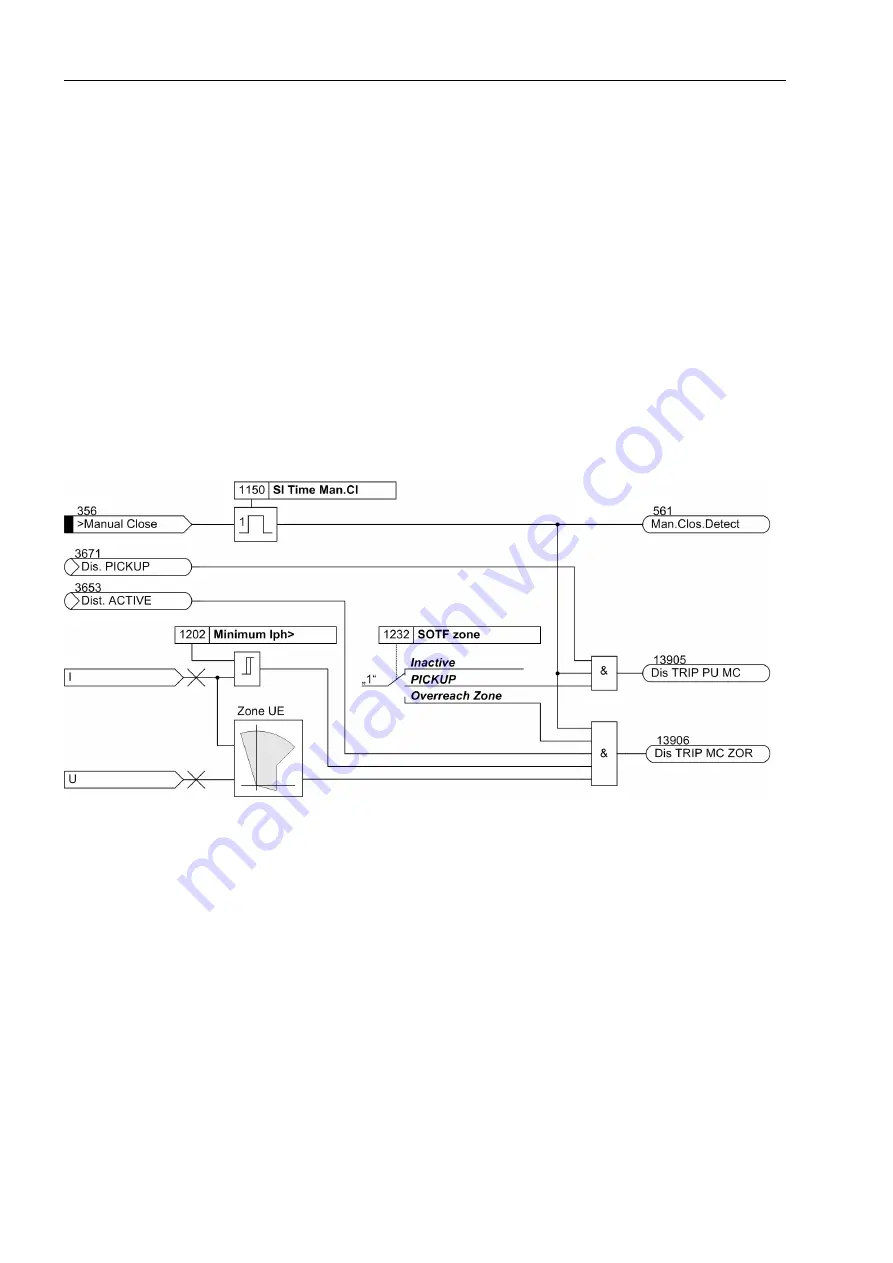
2 Functions
58
7ST6 Manual
E50417-G1176-C251-A3
2.2.7
Tripping Characteristic for Manual Close
Direction Determi-
nation on Closing
If you switch a deenergized line that is faulty line to a live busbar, the direction of faults
close to the location of the voltage transformer is difficult to determine, because the
measuring voltage required for correct direction determination is missing. If the
voltage transformer is installed towards the line, no stored voltage is available.
With such local faults, the distance protection always assumes a fault in FORWARD
direction. This allows instantaneous tripping, regardless of the set characteristic. The
criterion for a non-directional trip in zone 1 on switching to a short-circuit is the fault
voltage. With a secondary voltage of less than 1 V a non-directional trip command is
issued.
Processing of the
Manual Close
Signal
To make undelayed tripping possible on switching of a faulted line, the control-discrep-
ancy switch can use a binary input to issue the manual close command to the over-
head contact line protection system. To do so, the external signal
„>Manual Close“
must be configured to a binary input. The figure below shows the logic diagram for this.
Figure 2-10
Tripping logic of the manual close zone
The parameter
1232
SOTF zone
can be used to determine whether the instanta-
neous tripping after manual closing is valid for the Overreach Zone provided for this
purpose, or for the general pickup of the distance protection. The function can also be
disabled with this parameter. The Overreach Zone has its own characteristic curve pa-
rameters. The binary signal
„>Manual Close“
activates this mechanism by its rising
edge for a duration that can be set with the parameter
1150
SI Time Man.Cl
. The
manual close function is thus independent of the duration of the signal present at the
binary input.
www
. ElectricalPartManuals
. com

